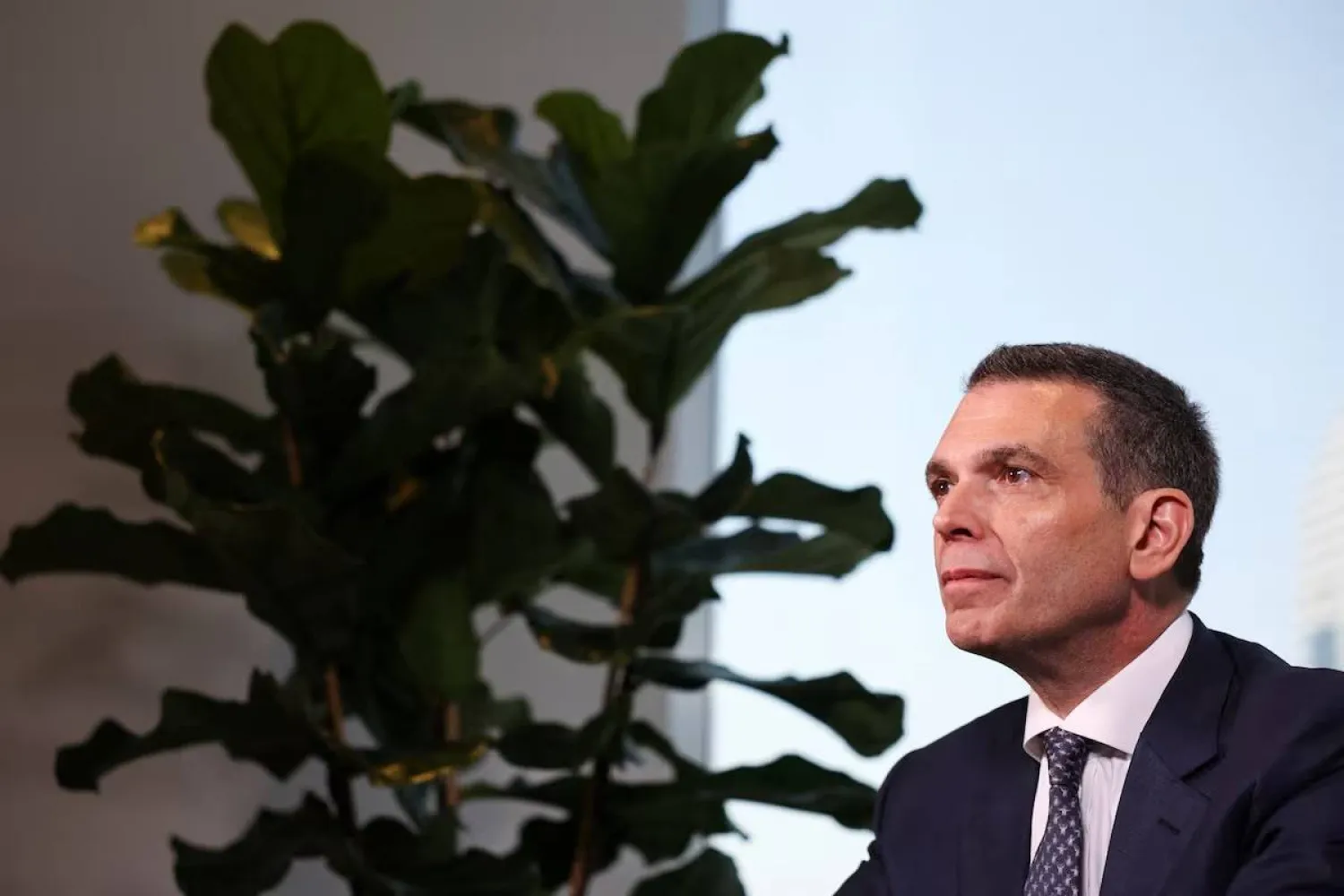DP World has announced an offer to acquire JSE-listed Imperial Logistics, an integrated logistics and market access company with operations mainly across the African continent and in Europe, Emirates News Agency (WAM) reported.
This will enhance DP World’s capabilities, particularly in Africa, building on its extensive infrastructure of ports, terminals and economic zones. It will also significantly accelerate DP World’s transformation into an advanced logistics company offering end to end supply chain services to the owners of cargo, WAM said Thursday.
DP World’s cash offer of ZAR66 per share implies an equity consideration of around ZAR12.7bn (around US$890mn). It represents a premium of 39.5 percent to the Imperial share price as of 7th July 2021 on the Johannesburg Stock Exchange (JSE) and a 34.2 percent premium to the 30-day volume weighted average price. This transaction is subject to Imperial’s shareholder approval and other customary completion conditions including regulatory approvals.
Imperial is an integrated logistics and market access solutions provider with a presence across 25 countries, including a significant footprint in the high growth Africa market. The Group focuses on fast-growing industries including healthcare, consumer, automotive, chemicals, industrial and commodities. Imperial’s business has been built on long-term partnerships with cargo owners, in addition to serving as a trusted partner to many multinational clients, principals and customers.
Sultan Ahmed Bin Sulayem, Group Chairman and CEO, DP World, said: "The acquisition of Imperial will help DP World to build better and more efficient supply chains for the owners of cargo, especially in Africa. Imperial’s operations are complementary to our network of ports, terminals and logistics operations on the continent. Like DP World, Imperial’s biggest asset is its people, and we look forward to welcoming employees of Imperial into the DP World team on successful conclusion of the transaction."
"This transaction will be value-enhancing for Imperial as the business will benefit from DP World’s leading technology, global networks and key trade lane volumes, while enabling us to build on our ‘Gateway to Africa’ strategic and growth ambitions. Combining DP World’s world-class infrastructure such as its investment and expertise in ports on the African continent, with Imperial’s logistics and market access platforms will enable us to offer integrated end-to-end solutions along key trade lanes into and out of Africa, also driving greater supply chain efficiencies, and ultimately enhancing value for all stakeholders,” WAM quoted Mohammed Akoojee, Group Chief Executive Officer of Imperial Logistics, as saying.
The deal will be funded from DP World’s existing available resources. DP World continues to make positive progress on its capital recycling programs and remains fully committed to its leverage target of net debt being below four times EBITDA by the end of 2022.









